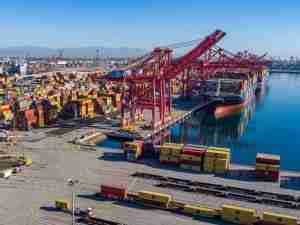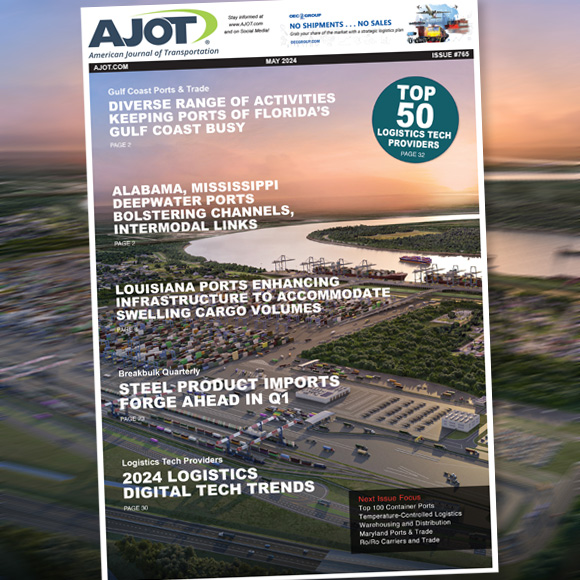The logjam of thousands of barges and boats backed up along the Mississippi River because of extremely low water levels showed some signs of easing on Monday.
The US Coast Guard said an entire queue of vessels that were stuck at Stack Island after ships started running aground had been cleared. But 22 vessels and 392 barges were still waiting to move southbound, according to a statement. That’s still an improvement from over the weekend, when more than 2,000 barges were stalled.
An unrelenting drought is drying up water levels along a conduit that is critical to global trade. More than 90% of America’s agricultural exports are produced in the Mississippi basin and much of that makes its way to market along the river. Roughly three-quarters of the world’s feed grain and soybean exports and some livestock produced nationally are shipped on the Mississippi River, according to the US Interior Department.

While the Army Corps of Engineers is frantically dredging to keep traffic flowing, meteorologists warn that low water levels will persist, crippling farmers just as harvest is in full swing and threatening to further propel food inflation around the world.
The Mississippi River drought is only the latest example of the extreme weather brought on by climate change that is plaguing trade and raising costs at a time when inflation is already soaring. A lack of water in Europe’s Rhine River snarled commodities shipments earlier this year. Hurricane Ian slammed into Florida and left a trail of destruction at citrus groves in its path. The Yangtze River that flows through China and feeds farms that provide much of the country’s food and massive hydroelectric stations recently saw its lowest seasonal water levels since records began in 1865.
Relatively scant rainfall forecasts for the US mean the Mississippi River may continue to dry out. Farmers are bracing themselves for a big hit to export volumes in October. Northbound vessels of fertilizer and salt used to melt ice on roads are meanwhile delayed, according to Ken Eriksen, senior vice president of agricultural supply chain at S&P Global.
“Fertilizer is probably the one most concerning,” he said. “They’re going to be late. The other thing is you won’t get enough salt for the winter.”








